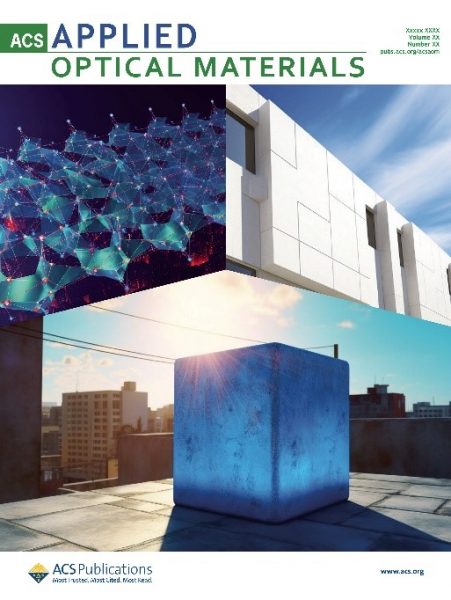Radiative Cooling Properties of Portlandite and Tobermorite: Two Cementitious Minerals of Great Relevance in Concrete Science and Technology

Figure: AI- image that illustrates an optimized “cool” concrete. This image has been chosen as cover of the journal.
The capacity of concrete for daytime radiative cooling applications remains largely untapped. This study delves into the radiative properties of Portlandite and Tobermorite, two essential minerals in cementitious structures. Our findings provide substantial insights into the necessary composition and porosity of concrete to unlock its daytime radiative cooling capabilities.
Although concrete and cement-based materials are the most engineered materials employed by mankind, their potential for use in daytime radiative cooling applications has yet to be fully explored. Due to its complex structure, which is composed of multiple phases and textural details, fine-tuning of concrete is impossible without first analyzing its most important ingredients.
In this context, researches of the MIRACLE’s partnership have studied Portlandite (Ca(OH)2) and Tobermorite (Ca5Si6O16(OH)2·4H2O), two minerals of great relevance in cement and concrete science and technology, and compared their radiative cooling properties to the ones of normal cement pastes.
As published in a recent paper (J. S. Dolado et al. “Radiative Cooling Properties of Portlandite and Tobermorite: Two Cementitious Minerals of Great Relevance in Concrete Science and Technology” DOI: 10.1021/acsaom.3c00082 ), the work has combined numerous computational methodologies (including force field atomistic simulations, Mie Theory, and Bruggeman homogenization schemes) with spectroscopic experiments (UV-Vis-NIR reflectance and IR emissivity measurements).
In essence, the work demonstrates that, in contrast to concrete (which is a strong infrared emitter but a poor sun reflector), both Portlandite and Tobermorite have very good sun reflectance (0.93 and 0.75 respectively) and high emissivity within the Atmospheric Window (0.84 and 0.85 respectively). Besides the work has demonstrated that the emissivity of concrete can be tuned by playing with the porosity.
Overall, the results provide valuable insights into the optimization of concrete composition and porosity to achieve effective daytime radiative cooling.



